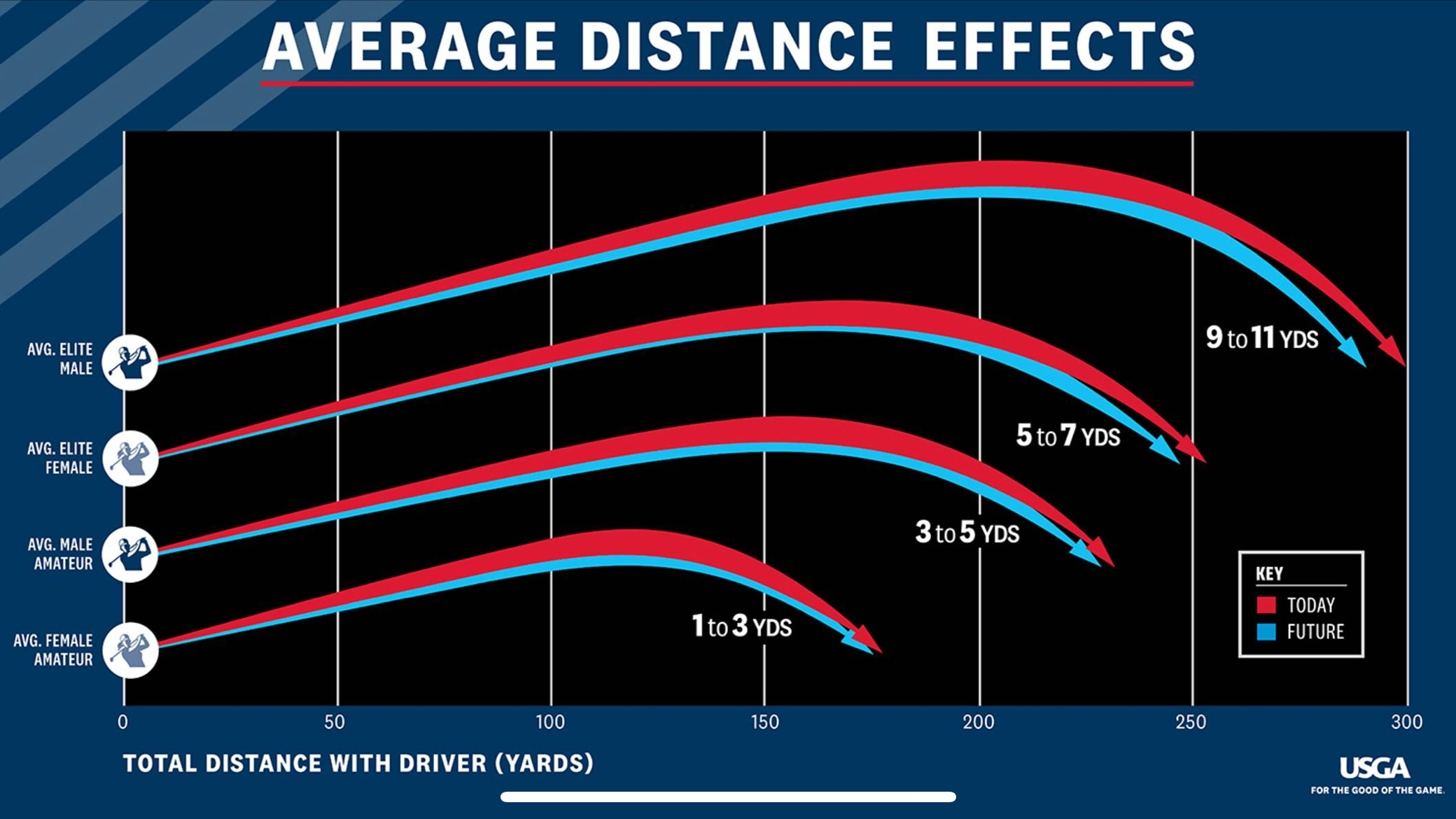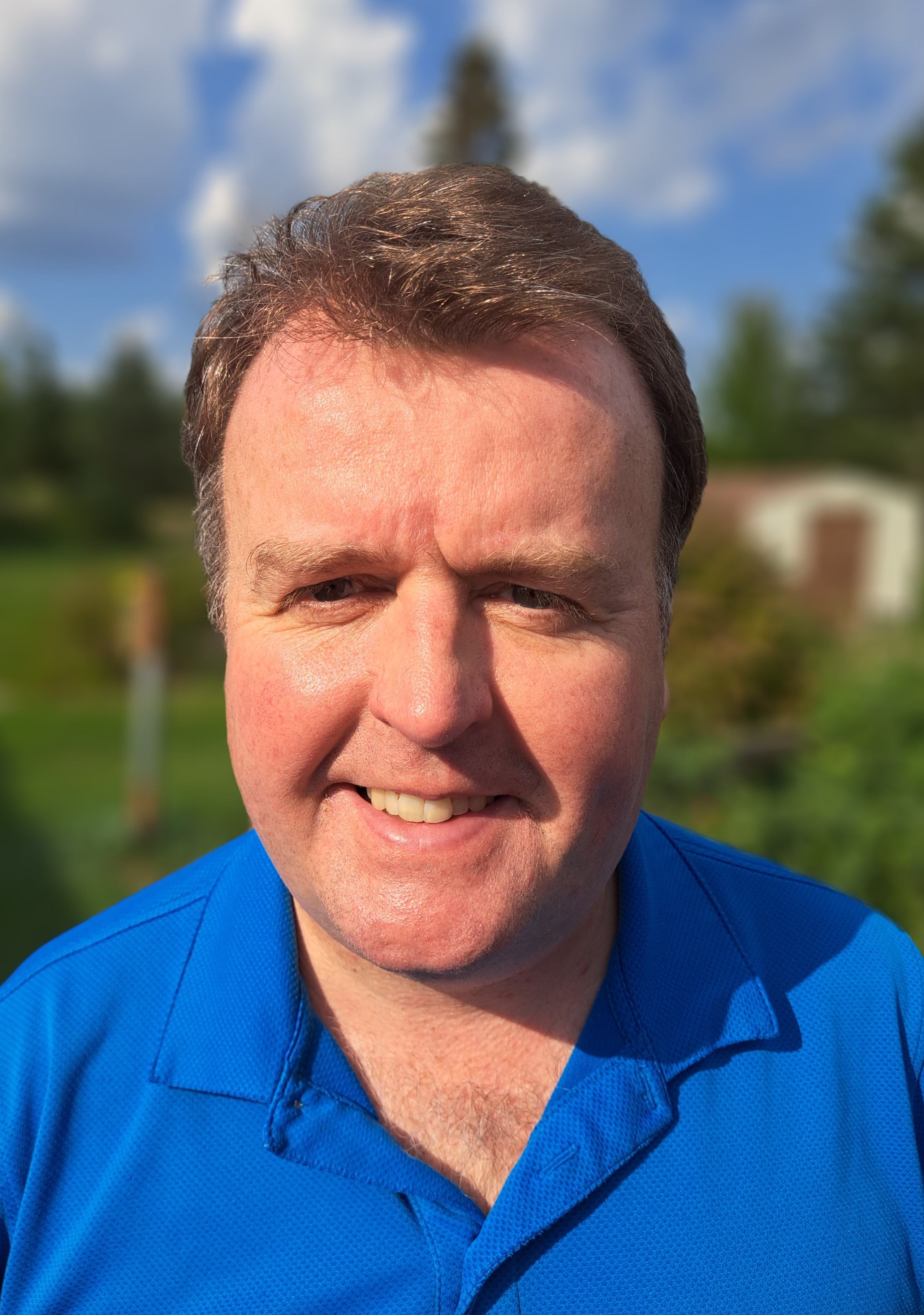How Much Distance Will Players Lose With The New Golf Ball Rollback Rule?
The new golf ball rollback plans will affect players at every level of the game, but by how much?


A long-running saga of curbing driving distances in the game has taken its latest twist with the confirmation of a golf ball rollback not just in the elite game, but at all levels.
While that won’t come into place until 2028 for the professional game and 2030 for recreational players, it still begs the question, how much distance will players lose with the rollback? Not surprisingly, there are different answers depending on the level of player.
The game’s longest hitters will see their driving distances reduced by between 13 and 15 yards. However, for the average touring pro, the change will not be nearly as pronounced, with only a 9-11 yard reduction in distance for males and between 5 and 7 yards for the average female touring pro.
Meanwhile, recreational golfers will feel the impact of the decision the least dramatically, with those players set to lose “5 yards or less.”
More specifically, that will be 3-5 yards for the average male amateur and 1-3 yards for the average female amateur. Those distances have been arrived at based on a swing speed of 93mph for male recreational golfers and 72mph for females, according to governing bodies the USGA and The R&A, with the promise that the impact on those players will be “kept to an absolute minimum.”

Players at every level will see their average driving distances reduced
The revised ball testing conditions will be 125mph clubhead speed (equivalent to 183mph ball speed), spin rate of 2220 rpm and launch angle of 11 degrees. That's in contrast to the current conditions, which are 120mph clubhead speed (equivalent to 176mph ball speed), 2520 rpm and a 10 degree launch angle.
The proposal has already received criticism, with TaylorMade releasing a statement saying the golf ball rollback plans are “disappointing” and continuing, “we feel like the rollback is simply disconnected from what golfers believe is best for the game.”
Subscribe to the Golf Monthly newsletter to stay up to date with all the latest tour news, equipment news, reviews, head-to-heads and buyer’s guides from our team of experienced experts.
CEO of The R&A Martin Slumbers justified the move, saying: “We are convinced that this decision is one of the key ways of achieving a sustainable future for golf, protecting the integrity of the game and meeting our environmental responsibilities."
Meanwhile, he also hinted at the backlash that was received following the March announcement from the governing bodies to introduce bifurcation, which would have meant the golf ball rollback only affecting the elite game.
He continued: “The measure we are taking has been carefully considered and calibrated while maintaining the 'one game' ethos deemed to be so important to the golf industry.”
The issue of increasing driving distances has been debated for many years, with many concerned that courses will increasingly become unfit for purpose if they are deemed too short and USGA CEO Mike Whan alluded to the pressing nature of the problem by stating: “As we've said, doing nothing is not an option - and we would be failing in our responsibility to protect the game's future if we didn't take appropriate action now."
While the impact of the decision will not be felt by anyone for several years, the decision means that, by 2030, everyone will be affected in some way, albeit considerably less the shorter the distance you hit the ball.

Mike has over 25 years of experience in journalism, including writing on a range of sports throughout that time, such as golf, football and cricket. Now a freelance staff writer for Golf Monthly, he is dedicated to covering the game's most newsworthy stories.
He has written hundreds of articles on the game, from features offering insights into how members of the public can play some of the world's most revered courses, to breaking news stories affecting everything from the PGA Tour and LIV Golf to developmental Tours and the amateur game.
Mike grew up in East Yorkshire and began his career in journalism in 1997. He then moved to London in 2003 as his career flourished, and nowadays resides in New Brunswick, Canada, where he and his wife raise their young family less than a mile from his local course.
Kevin Cook’s acclaimed 2007 biography, Tommy’s Honour, about golf’s founding father and son, remains one of his all-time favourite sports books.